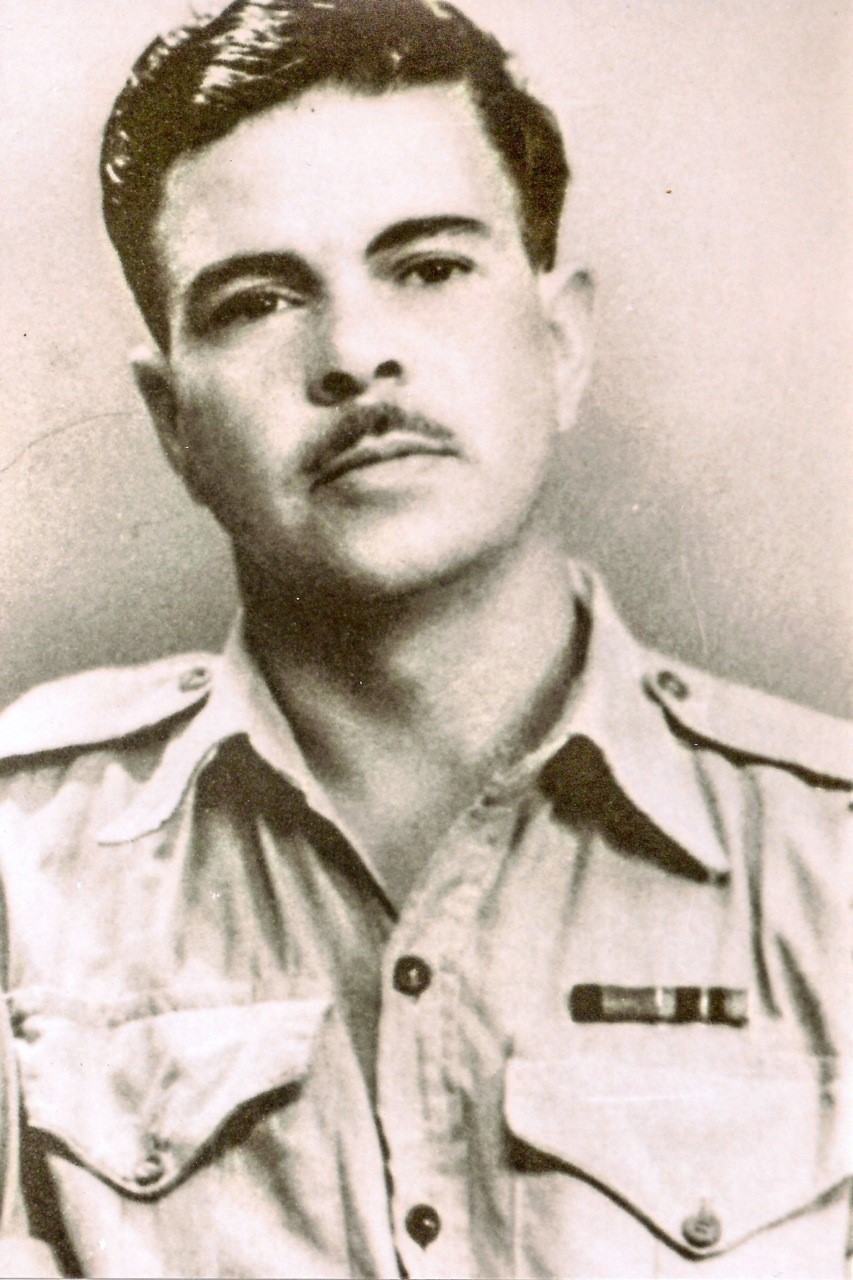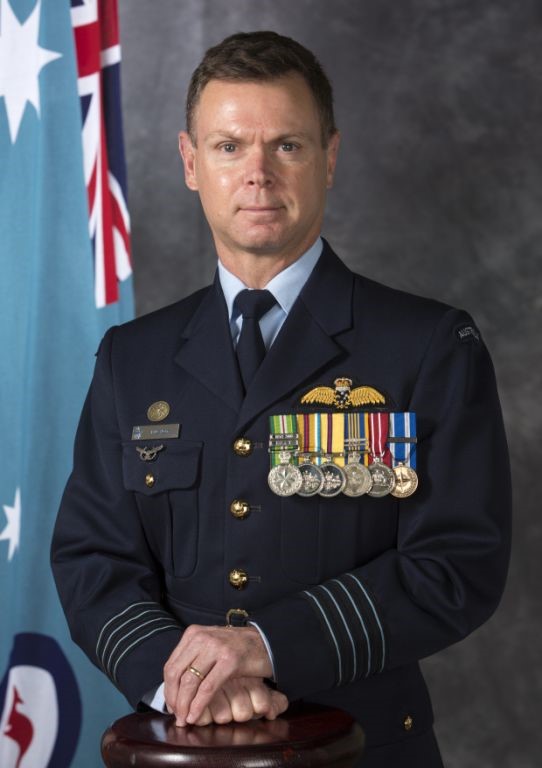USAG Humphreys, South Korea –
Group Captain Lyle Holt of the Royal Australian Air Force is currently serving as the Commander of United Nations Command Rear in Japan. Although Group Captain Holt will be unable to attend the Battle of Gapyeong memorial service to be held later this month, due to ongoing COVID restrictions, he has a personal connection to the battle. Both Holt’s father and uncle fought in the Korean War, and his uncle fought in and survived the Battle at Gapyeong.
Holt’s Uncle, Patrick Joseph Holt served as a Private with the 3
rd Battalion Royal Australian Regiment (3RAR), and participated in the battle at Gapyeong which is considered one of the most significant engagements that Australian’s were involved in, not only within the context of the Korean War, but in the entire history of the Australian Army.


Private Holt was born in Tasmania on 13 February, 1920, and was a descendent of the Aboriginal Palawa nation; the traditional custodians of Tasmania and European immigrants to Tasmania. In June of 1940, he enlisted in the Australian Imperial Force (AIF) which began as the main expeditionary force of the Australian Army during World War I and was later known as the 2
nd AIF; the name given to the volunteer personnel of the Australian Army in World War II. He served in the 8
th Infantry Division composed of volunteers for overseas service, fighting in the Battle of Timor where he was eventually captured by Japanese forces on 23 February, 1942.
As a Prisoner of War (POW), Private Holt was initially sent to Java in Indonesia before being moved on to Sumatra, where he was forced into labor alongside approximately 5,000 other Allied POWs on the 220 kilometer-long (130 mile) Pekanbaru to Muara railway, known as the Sumatran Death Railway due to the tens of thousands lives lost in its construction.
Private Holt was recovered by the Allied forces in Pekanbaru, Indonesia, in September of 1945, and repatriated to Australia where he was then discharged from the AIF 10 December, 1945.
Despite all he had been through, Private Holt enlisted in the then recently formed Australian Regular Army in 1950, to serve as part of K-Force this time in Korea with 3RAR between 13 March 1951 and 13 March 1952; participating in both the battle at Gapyeong and the battle at Maryang-San which are still considered to be two of the most significant battles in Australian Military history.
Private Holt was an Indigenous Australian “digger” (soldier) who served his country in multiple conflicts around the world, and now, his nephew is continuing this legacy of service by working tirelessly in pursuit of the UNC mission to preserve the peace in Korea that his uncle fought so bravely for.
“I am extremely proud to be an Australian airman continuing Australia’s contribution to the security and stability on the Korean Peninsula that my Dad (Lyle Holt Snr) and Uncle Pat fought to secure,” said Group Captain Holt. “I also think it would make Dad and Uncle Pat happy knowing what I’m doing here.”